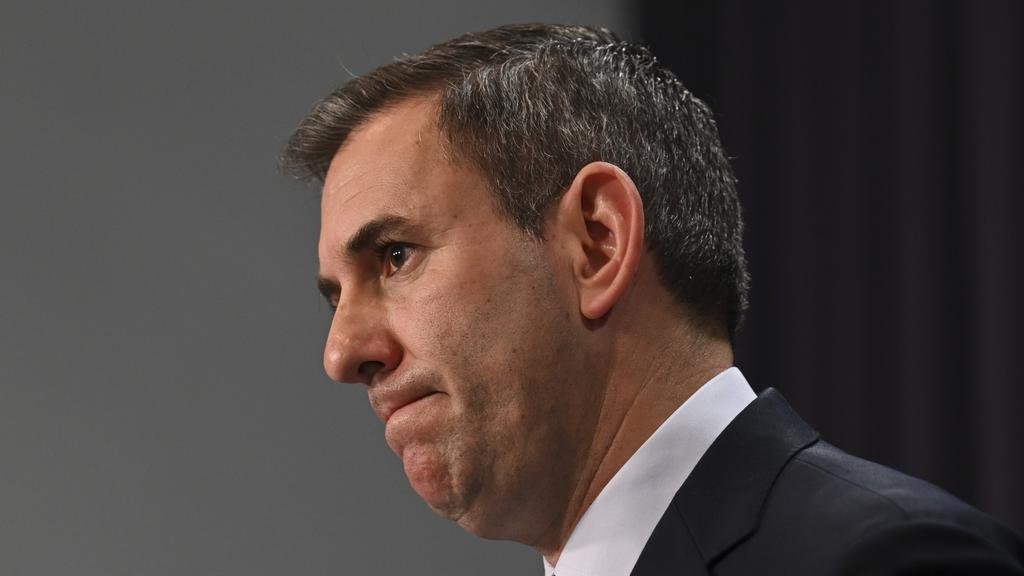Australian RBA and Labor Government’s Tug-of-War Over Inflation Control
The ongoing tension between Australia’s government spending and the Reserve Bank’s monetary policy is fuelling inflation, with the central bank holding firm on interest rates while the government’s record spending and migration-driven demand continue to strain the economy.
Recent criticism of the Reserve Bank of Australia (RBA) by the center-left Labor government reflects a deeper tension in Australia’s fight against inflation. Canberra’s record spending is playing a significant role in keeping inflation high, yet the government’s focus on the RBA’s interest rate decisions diverts attention from the larger economic issues at play.
Amid rising prices, the RBA has been steadfast in its approach, raising interest rates by 425 basis points to curb inflation. But despite this, Australia’s economy has proven surprisingly resilient, with the labor market showing signs of strength, even as unemployment edges upward. The government’s spending policies, particularly in areas like healthcare and utility subsidies, have undeniably contributed to increased aggregate demand—something the RBA frequently points to as a driver of inflation.
This complex relationship between government fiscal policy and the central bank’s monetary policy exposes the challenges of navigating a high-inflation environment.
Labor’s Record Spending and Inflation: A Double-Edged Sword
The Labor government’s record spending, now at 11.8% of GDP, has been both a lifeline and a liability. On one hand, the fiscal measures have provided much-needed support to households, particularly in areas such as healthcare, utilities, and job support. On the other, this surge in spending has directly contributed to higher aggregate demand, intensifying inflationary pressures.
The RBA, led by Governor Michele Bullock, has been vocal about the role of aggregate demand in fueling inflation. The bank’s 13 consecutive rate hikes were aimed at taming this inflation by dampening demand. However, the government’s efforts to prop up the economy have somewhat offset the RBA’s tightening measures, keeping inflation more persistent than anticipated. Currently, Australia’s inflation rate sits at 3.8%, notably higher than many of its global peers.
A Labor Market at Odds with Expectations
One of the reasons for the RBA’s ongoing caution is the labor market, which remains tighter than expected. Despite rising interest rates and a slight increase in unemployment to 4.2%, Australia’s job market has been remarkably resilient. Assistant Governor Sarah Hunter pointed out that the labor market remains “tighter than estimates for full employment.” Surprising strength in hours worked, underemployment, and participation have kept the economy buoyant, driven in part by rising female participation and a significant increase in migration.
Australia’s labor market conditions have defied traditional economic expectations, challenging the RBA’s assumptions. This resilience has made it difficult for the central bank to justify rate cuts in the face of ongoing inflationary pressures.
Is Canberra’s Spending a Hidden Driver of Inflation?
The government’s role in inflation cannot be understated. Beyond healthcare and utilities, Australia has also seen a surge in population growth, driven by migration, which has significantly altered demand dynamics in the housing market. In 2023, Australia saw a net influx of 670,000 people, including students and workers. This influx has exacerbated housing shortages, driving up rents and pushing inflation higher.
A more moderated approach to migration, particularly when it comes to students, could have helped alleviate some of the strain on housing supply, potentially reducing inflationary pressures. However, government policy decisions have often been reactive, rather than proactive, when it comes to managing these inflows.
Adding to the fiscal burden is the upcoming stage 3 tax cuts, set to inject an additional $20 billion into the economy annually. These cuts, primarily benefiting higher-income earners, are expected to further boost aggregate demand in the future, ensuring federal budget deficits for the next decade. Despite the significant economic impact of these cuts, there has been little public debate about their potential role in keeping inflation elevated.
The Global Context: A Soft Landing, or Looming Recession?
Australia is not alone in its struggle to manage inflation without tipping into recession. Globally, major economies, including the U.S., Europe, and Canada, have grappled with similar issues. The long-held dream of a “soft landing” — controlling inflation while avoiding a full-blown recession — seemed within reach just a few months ago. However, with rising unemployment and volatile markets in the U.S., concerns about an economic slowdown have reignited fears of a global downturn.
Domestically, Australia’s economy has managed to avoid recession, but this is largely due to record population growth and government spending. While GDP has remained positive, it masks underlying issues. In reality, when adjusting for population growth, the country’s per capita GDP has declined for six consecutive quarters, signaling a decline in living standards. By this measure, Australia has effectively been in a recession for over a year.
A Fine Balance Between Monetary and Fiscal Policy
The ongoing friction between the RBA’s monetary policy and the government’s fiscal approach highlights the delicate balance required to steer Australia’s economy through these turbulent times. The RBA’s decision to hold off on rate cuts, despite mounting political pressure, underscores its focus on long-term stability over short-term relief.
Meanwhile, Canberra’s spending policies, while well-intentioned, have inadvertently added fuel to the inflationary fire. As the global economic landscape continues to shift, Australia’s policymakers will need to navigate these challenges carefully, balancing support for households with measures to cool inflation.
In the end, while the RBA faces criticism from both politicians and economists, the real challenge lies in aligning fiscal and monetary policies to ensure sustainable growth without further eroding living standards.

